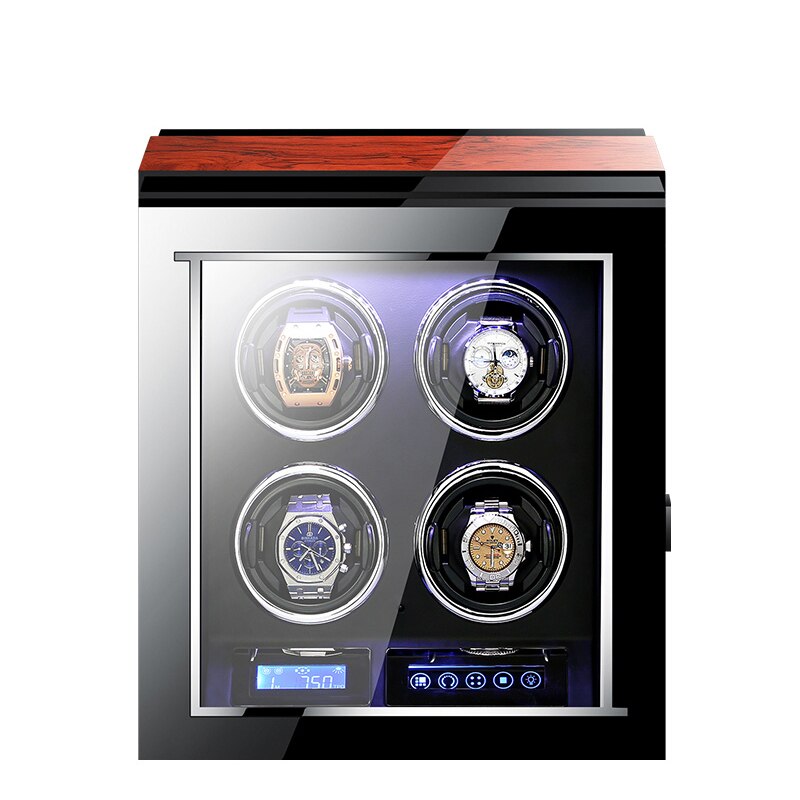The Rolex Datejust has embodied a perfect harmony between everyday versatility and refined sophistication. Among its many iterations, one stands above the rest in my eyes – the stainless steel reference 1601 with its white gold fluted bezel. It is, to me, the quintessential Datejust – the blueprint that shaped one of Rolex’s most enduring designs.

A Watch That Defined My Career
My connection to the Datejust runs deeper than casual admiration. Long before I joined Fratello, I was immersed in the world of vintage replica watches as a dealer at the Amsterdam Watch Company. The Datejust quickly emerged as the store’s most sought-after model, eclipsing nearly every other piece in demand. Recognizing this, I decided to specialize in it – not out of commercial strategy alone, but from genuine affection for its design and history.
This passion culminated in one of my proudest professional milestones: writing The Vintage Rolex Datejust Buyer’s & Collector’s Guide. That project opened doors, solidified my expertise, and deepened my appreciation for the model. Hundreds of Datejusts passed through my hands over the years, but only one stayed – the 1601. It’s no coincidence that this very watch graced the cover of my book.

The Archetype Perfected
While the Datejust had gone through numerous design changes in its early decades – from its debut without the Cyclops magnifier, to reeded bezels, to classical handsets – the late 1950s marked a turning point. The introduction of the 16xx generation brought design stability, and with it, the signature elements we associate with the Datejust today.
By the time the 1601 emerged around 1959, the formula had crystallized: baton hands, the Cyclops date magnifier, the pie-pan dial, and the iconic Jubilee bracelet. In my view, this reference represents the moment Rolex’s design language for the copy Rolex Datejust became timeless. Earlier models have an undeniable old-world charm, but the 1601 feels modern even by today’s standards – elegant without being fragile, contemporary without chasing trends.
Why Simplicity Wins
I’ve always been drawn to watches in their purest form. While complications and artisanal techniques have their place, there’s something deeply satisfying about a design stripped to its essential elements. The 1601 embodies this philosophy – a clean dial framed by a white gold fluted bezel, every detail purposeful, every proportion in harmony.
The pie-pan dial in particular sets the 1601 apart from later five-digit references with their flatter, more sterile dials. Its gently sloping edges add depth and shadow, giving the watch a richness that modern versions sometimes lack.
An Effortless Companion
One of the most appealing qualities of the 1601 is how effortless it is to own and wear, even in 2025. Unlike earlier Datejust references that can be delicate and challenging to service, the 1601 is robust, reliable, and supported by readily available parts. It is as practical as it is beautiful.
On the wrist, its 36mm case exudes vintage charm without feeling dated. The silver dial variant is especially versatile – refined enough for a tailored suit, yet relaxed enough to pair with swimwear on a summer afternoon. The jangly Jubilee bracelet, the distortion of the acrylic crystal, and the satisfying tactile quality of its winding crown make it an object of both style and substance.

In my own example, a small detail reveals a story: the bracelet, with its coronet clasp positioning, hails from the US, while the no-lume dial suggests Japanese origins. They came together later in life – a union that mirrors how vintage watches often evolve over decades.
The Rolex Datejust 1601 is not the rarest, flashiest, or most complicated replica Rolex ever made. But it is, to me, the most balanced, enduring, and archetypal execution of the Datejust formula. It is a watch that defined my career, shaped my collecting philosophy, and continues to prove that in watch design, true elegance lies in timeless simplicity.